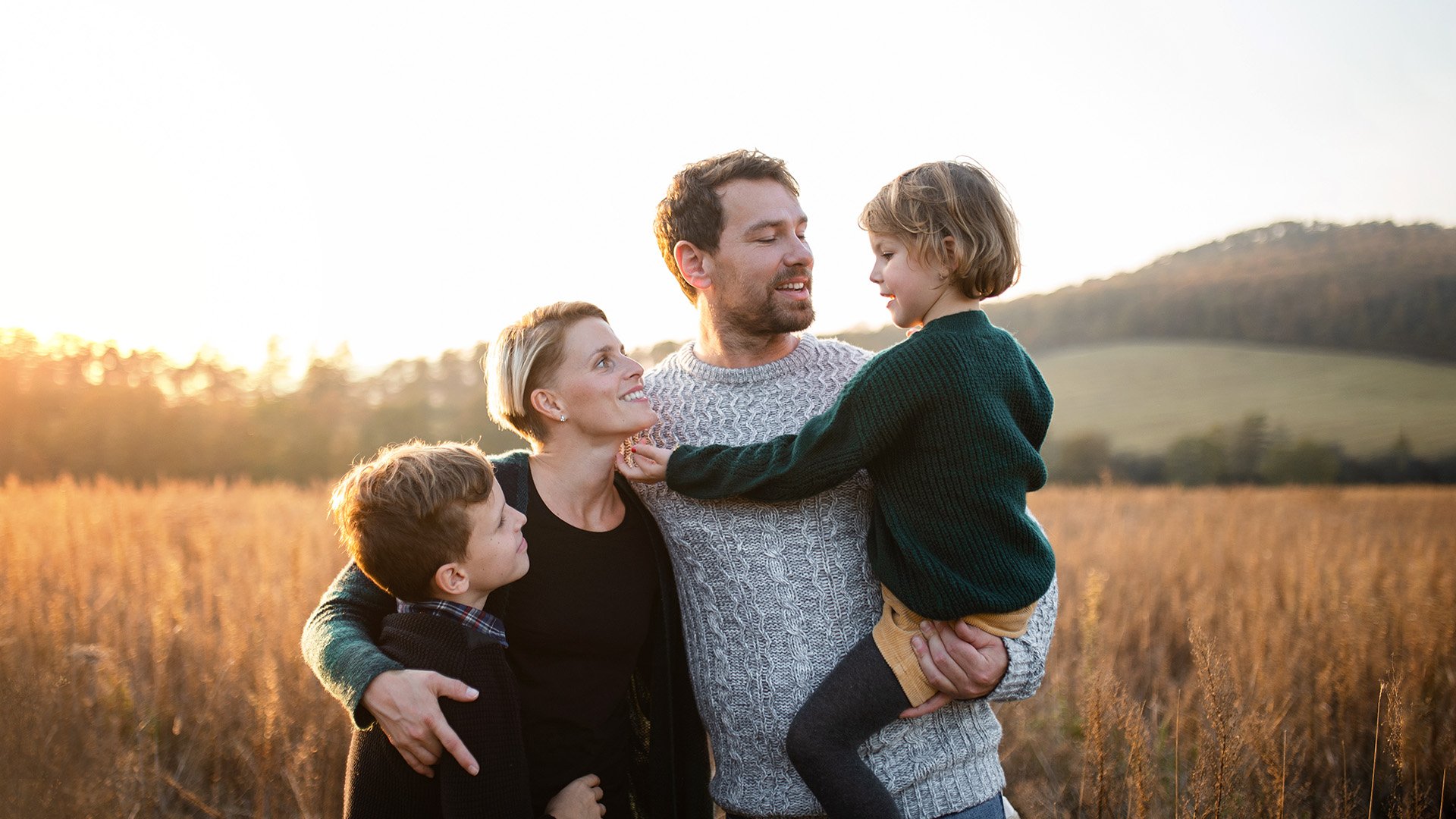Safety
Our Highest Priority
Keeping employee-owners, clients and subcontractors safe is our first and most important core value.
Safety is our highest priority at every level of the organization and on every project. It’s not just a metric; it’s an ingrained cultural value. It’s more than hard hats, work gloves and other personal protective equipment. It’s about the environment on a job site, providing the right tools and training for field crews and staff — and sending everyone home safely at the end of the day.
From the conference room to the job site.
A safety culture is reinforced through education, training, skills and action. When conducting safe operations is the goal, planning clears the way. For every project, safety starts within the cubicles, on whiteboards and inside meeting rooms long before breaking ground. Every decision in the project spectrum — from design to startup — is founded in safety, including design plans, subcontractor selection, pre-task analysis execution in the field and everything in between.

Safety Matters Because They Matter
Training
Well-trained workers are the foundation of every safety program.
Safety relies on daily mitigation and constant awareness, so our people train for tens of thousands of hours every year. No chance to miss the memo — a team member encounters a safety message a minimum of five times in an average workday. Our comprehensive safety training program includes courses like OSHA training, incident reporting, crane safety, first aid/CPR and many other hazard-specific safety training courses. But we also go beyond the basics, covering topics like workplace ergonomics, safe driving and cybersecurity.
Top 5%
of U.S. AEC firms for safety
93%
lower recordable incident rate than industry average
50K+
hours of safety training annually
Safety follows us wherever we go. If we go down the stairs, we hold the railing; if we see a puddle on the floor, we clean it up; and if we're miles away from the office to clear out a greenfield site, we make sure our workspace is clear. Safety follows us, and we follow it. Everywhere.
Joe Bathke
Marketing & Public Relations Manager
Accountability and Engagement
We take an owner’s approach to safety.
Here, safety isn’t just the responsibility of a specific department or company owner. It’s everyone’s responsibility because we’re all employee-owners. We give people the freedom to strengthen our safety standards — an expectation and approach that results in persistent vigilance and constant improvements. We’re also held accountable, with KPIs measuring the quality of engagement and safety performance on-site.
Virtual Reality
Implementing safety on-site can happen from the comfort of your office. With virtual reality tools, we can "walk" project sites from our chairs to manage design direction, maintenance updates and site inspections — helping mitigate risks for potential hazards.
Wearables
Wearable tech makes construction sites safer. Exoskeleton suits assist workers with repetitive lifting tasks to boost productivity and reduce injuries, while helmet-mounted smart glasses reduce the potential of slips, trips and falls when collecting data needed for construction documentation.
Smart Equipment
From remote-controlled, GPS-enabled pile drivers to state-of-the-art plasma beam cutters, smart equipment eliminates repetitive tasks, increases production capacity, and, ultimately, reduces risks of accidents and injuries.
Drones
Unmanned aerial systems, commonly known as drones, have revolutionized the construction industry. Aside from their phenomenal ability to capture and deliver real-time data on any site — at any height — drones reduce safety risks on highly congested job sites and improve supply chain efficiency.
The Latest
-
Construction Safety: This Is Why We Do What We Do
-
Technology Can Reduce Many Safety Risks on Construction Sites
-
A Visitor Site Safety Plan Starts With Asking the Right Questions
-
Mental Health Awareness Is Vitally Important on Construction Sites
-
Safety: An All-Encompassing Force